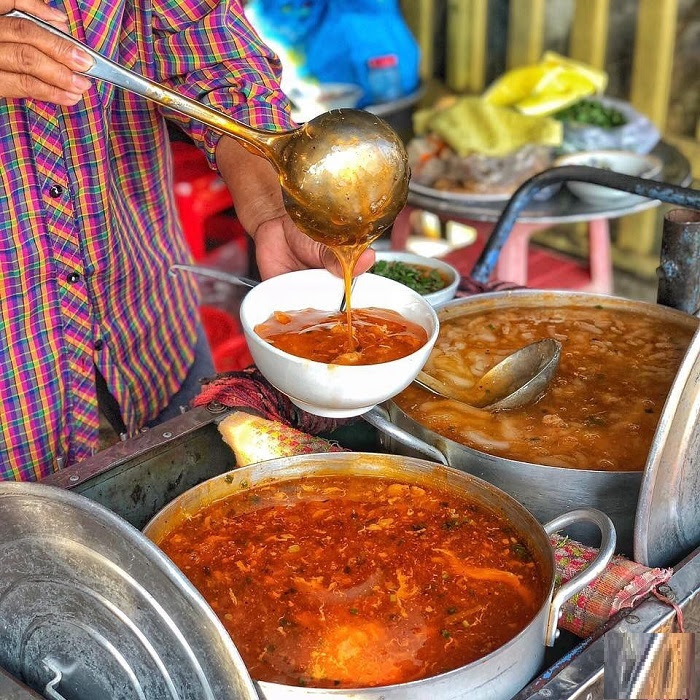A Flavorful Journey into the World of "Banh Canh" – Vietnamese Rice Noodle Soup
Banh Canh, a traditional Vietnamese delicacy, is a mouthwatering rice noodle soup that holds a special place in Vietnamese cuisine. With its origins in Southern Vietnam, Banh Canh has gained popularity worldwide due to its unique taste and comforting qualities. In this article, we will explore the rich history, ingredients, variations, and cultural significance of Banh Canh, while also sharing tips on how to prepare and enjoy this delectable dish. Join us on this culinary adventure as we unravel the secrets behind the beloved Vietnamese comfort food, Banh Canh.
I. History of Banh Canh :
Banh Canh traces its roots back to Southern Vietnam, where it has been enjoyed for generations. This beloved noodle soup is believed to have originated during the French colonial era, blending Vietnamese culinary traditions with French influences.
The name "Banh Canh" refers to the thick, chewy rice noodles that distinguish this dish. Over time, Banh Canh has evolved and diversified, with each region of Vietnam adding its own unique twist.
II. Ingredients and Preparation :
The key components of Banh Canh include rice flour, tapioca starch, and water, which are mixed to create a thick, gelatinous batter. This batter is then pushed through a sieve to form long strands of noodles. The broth is typically made from pork bones, shrimp, or a combination of both. Additional ingredients often include seafood (such as crab or squid), pork, mushrooms, herbs, and various vegetables.

Banh canh with additional ingredients
To prepare Banh Canh, the noodles are boiled until tender, then served in a flavorful broth. The broth is usually simmered for hours, allowing the flavors to meld and intensify. The dish is completed by garnishing with fresh herbs, fried shallots, and sometimes a squeeze of lime for added zest.
III. Regional Variations :
Banh Canh comes in various regional variations across Vietnam. In the South, the broth is often thickened with coconut milk, giving it a creamy texture and a slightly sweet taste.
In the Central region, Banh Canh is known for its vibrant colors and the addition of fresh herbs and vegetables.
In the North, the dish takes on a simpler form, with clear broth and fewer ingredients, allowing the delicate flavors to shine.
IV. Cultural Significance:
Banh Canh holds a special place in Vietnamese culture as a beloved comfort food that brings families and communities together. It is often enjoyed on special occasions, such as Lunar New Year or family gatherings, where it serves as a symbol of togetherness and celebration. The act of sharing a steaming bowl of Banh Canh with loved ones creates lasting memories and strengthens social bonds.

Banh canh Hue
V. Conclusion :
Banh Canh, with its rich history, diverse flavors, and cultural significance, continues to captivate the hearts and taste buds of food enthusiasts around the world. Whether you're savoring a bowl of creamy Banh Canh in the South or enjoying a simple and clear version in the North, this Vietnamese rice noodle soup is sure to provide a delightful culinary experience.
So, next time you're craving a comforting and soul-warming dish, seek out Banh Canh and embark on a flavorful journey that will transport you to the vibrant streets of Vietnam.